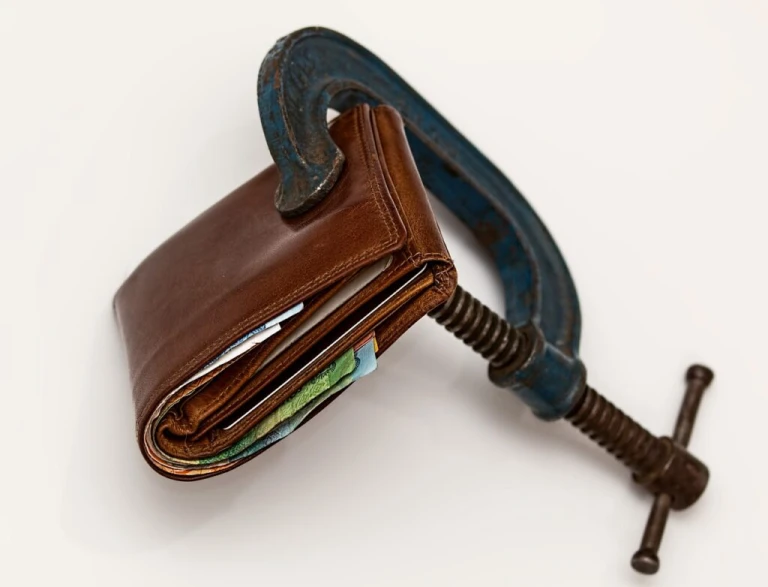30 days rule for saving money for Investment

Saving money requires dedication in order to become a habit. Even so, you risk getting off track when life happens and unexpected expenses arise.
So, what can you do to make it easier to save money? To begin, you might want to consider the 30 days rule, a popular method for helping you save more money. This is how it works: Instead of making an unplanned impulse purchase, you put it on hold for 30 days and deposit the money into your savings account. If you still want to buy that item after the 30-day period has passed, go ahead and do so. Otherwise, the funds will remain in your savings account. This, in turn, will assist you in increasing your savings over time.
But, before you implement the 30 day savings rule, you should first understand the 30 day impulse spending rule. Continue reading to find out more.
What is the 30 Day Impulse Spending Rule?
We are all susceptible to impulse purchases. Maybe you go into a store and see something you want to buy. Or perhaps you come across an intriguing advertisement for a new product or service that you want to try. If you find yourself spending money based on your emotions rather than what’s in your budget, it’s easy to make an impulse purchase.
If you spend too much on impulse purchases, they can easily throw off your budget or even cause you to accumulate more debt. The 30 day impulse spending rule comes in handy here.
To avoid making an impulse purchase, tell yourself you’ll think about it for 30 days. Write down the name of the item, service, etc., where you found it, and how much it costs on a piece of paper. Put this note on your refrigerator or somewhere visible in your home. Commit to considering the purchase for the next 30 days. Consider whether it is a genuine need or a desire. If you still want to buy it at the end of the 30-day period, go ahead and buy it. You’ll have saved money if you forgot about the item or realised it wasn’t that important.
How the 30 Day Savings Rule ties in
Start putting money into a savings account while you’re thinking about your impulse purchase for the next 30 days. This is the amount of money you would have spent on the purchase.
If you decide to make the purchase, you can withdraw the funds. However, that money will be deducted from your savings account, which means it will no longer be available for use toward another savings goal. This rule makes it simple for you to save consistently and reap the benefits of saving money. It also encourages you to increase your savings. Why? Because when you work hard to save money, it can be difficult to spend it on something that isn’t truly necessary. When all of your other savings and financial goals are taken into account, the money you set aside over 30 days can provide you with a sense of security to cover future emergencies or help you pay for that summer vacation.
Make it a challenge
It is not easy for everyone to save money. This is why this is an ideal challenge. Thirty days is an excellent time frame in which to challenge yourself to save as much money as possible.
Saving money for investment can be a challenge, but if you make it one, it can be even more rewarding. By setting goals and sticking to them, you can force yourself to save money each month. Additionally, by investing that money wisely, you can grow your savings significantly over time.

One of the best ways to make saving money for investment a challenge is to set a goal. Without a goal, it’s easy to simply let your money sit in savings account earning very little interest. However, by setting a goal and actively working towards it, you can stay motivated to save.
For example, let’s say your goal is to save 10,000Rs. over the course of two years. In order to reach this goal, you’ll need to save 416Rs. per month. This may seem like a lot, but if you break it down into smaller goals, it becomes much more manageable. For example, try saving 208Rs. per paycheck instead of thinking about the entire 416Rs. per month.
Saving for investment can be challenging, but it’s definitely worth it in the end. With perseverance and smart decision-making, you can reach your financial goals and build long-term wealth.
The bottom line
There are a lot of different philosophies out there about how much money you should save each day, week, or month. But at the end of the day, the most important thing is to start saving now for your future investments. Saving money can be difficult, especially if you have a lot of other expenses. But if you can find ways to cut back on your spending and put some money into savings each month, you’ll be on your way to building a nest egg that will help you reach your financial goals. Start by setting aside a small amount of money each day, week, or month. Then, once you have a decent amount saved up, you can begin investing it in a variety of ways. There are many different investment options out there, so do some research and figure out which one makes the most sense for you.
Follow us on Instagram.









